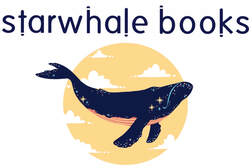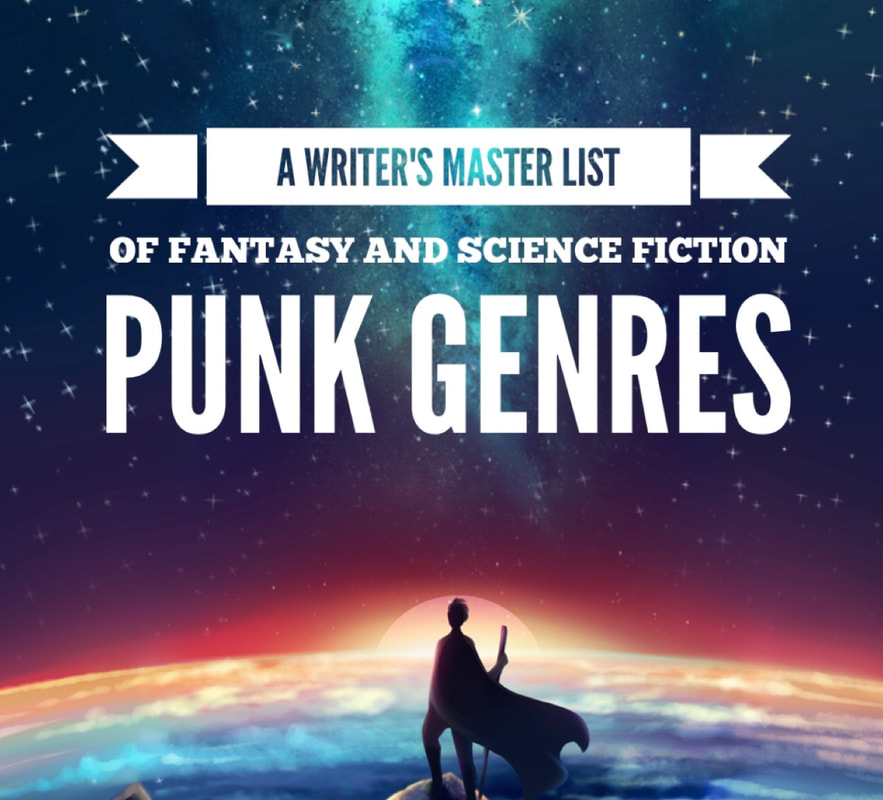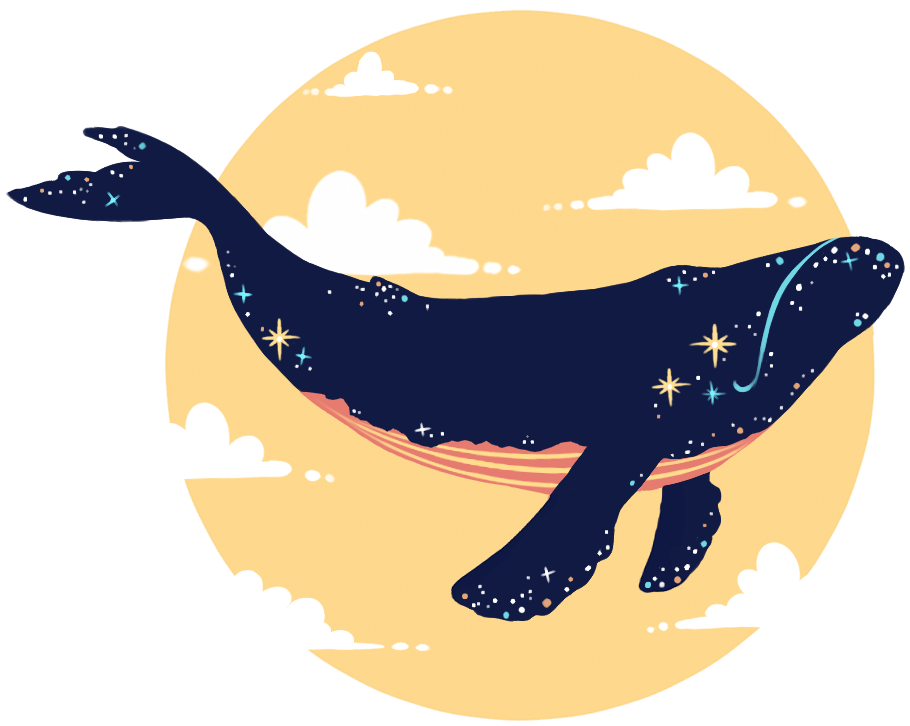|
This is a repost from one of our Editor's blogs at megannkammerman.com. Originally posted in 2020, they wanted to share it on Starwhale Books, and we thought it would be a fun addition to our blog and a good way to showcase all of the different types of speculative fiction stories. ***punk genres: from magicpunk to steampunk to piratepunk |
| Megann is an editor, writer, and artist specializing in fantasy, sci fi, and basically anything with magic. Or dragons. Or starlight and spaceflight and gods that walk the worlds. She has a children's book published (co-authored with her sister) titled Bellow of the Beast, and she is in the middle of writing her first full-length fantasy/sci-fi novel. Visit her website at megannkammerman.com |
0 Comments
Leave a Reply.
-starwhale musings-
author interviews, book reviews, writing tips, and musings on storytelling.
Subscribe for a PDF of our publishing checklist!
-categories-
All
Editor's Pick
Publishing Advice
Q&A Interview
Self-Publishing
Writing Advice





 RSS Feed
RSS Feed